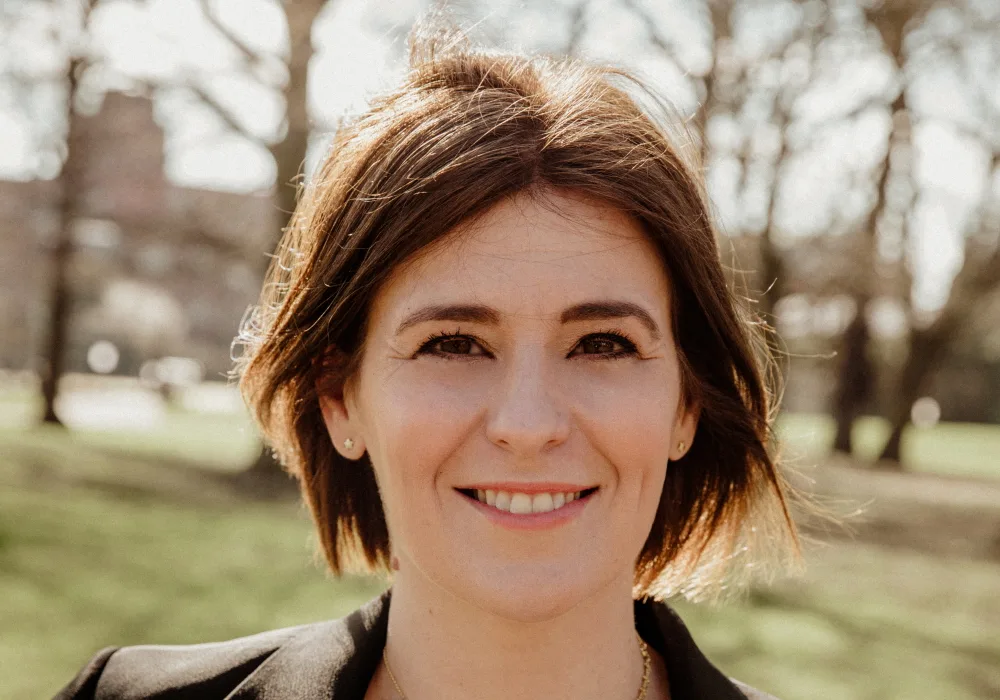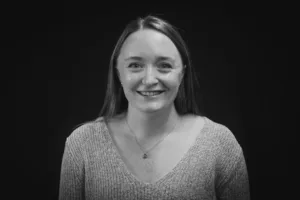With NDA’s latest Trinity Lunch event just days away, we sat down with some of the event’s sponsors to ask why they have agreed to get involved, and what their thoughts are on the current state of the industry. Today, we speak to Emma Lacey, SVP EMEA at Zefr.
Why is your organisation sponsoring the Winter Trinity Lunch?
As we are reaching the end of an exciting year for Zefr, with more to come in 2023, it feels like the perfect time to catch up with our peers with the help of our friends from NDA. We are really looking forward to kickstarting the holiday festivities with the leading marketers in the industry. 2022 has been an important year for Brand Suitability, bringing with it many major milestones. Platforms have taken huge steps to offer brands transparency into safety and suitability, and as a third-party tech partner, Zefr wants to celebrate the progress made in the industry with some of their valued clients who have been part of the evolution.
What are the big priorities for your organisation in the new year?
2022 saw Zefr announce the launch of Atrium, a new measurement product suite providing advertisers with fully transparent Brand Safety and Suitability measurement across walled gardens. This followed the news of Zefr’s inclusion as a new Brand Safety Reporting Partner (BSRP) on YouTube, as well as the company’s recent acquisition of Adverifai, which integrates misinformation into Zefr’s offering.
This continued momentum highlights Zefr’s position in the industry, and the main priority for 2023 is to continue this advancement and innovation to help brands achieve transparency and accuracy across walled garden platforms, all from one place. With Zefr being selected by both Meta and TikTok as the first independent party to report to brands on the efficacy of suitability across the platforms, and now with the addition of BSRP, we plan to continue to highlight the importance of a cross-platform approach to safety and suitability, and help marketers adopt a much more streamlined approach for 2023.
With the momentum Zefr has gained, we plan on using this to help advertisers tackle the challenges they may encounter in the coming year, and navigate the unpredictable landscape. This includes helping brands navigate the current economic climate, and build scale, suitably, maximising the effectiveness of limited budgets.
On top of this, Zefr aims to continue to grow its global footprint and bring scale to suitability where with legacy techniques it may not have been possible. This includes providing solutions for the newest content category introduced by the Global Alliance for Responsible Media (GARM), misinformation. GARM’s taxonomies play a huge part in streamlining terms used by brands, platforms, and tech partners, and are crucial in making Brand Suitability more objective and widely understood. We will continue to work alongside GARM, not only in our product offering, but from an educational point of view, to raise awareness of the need for even wider adoption.
What are the biggest issues your clients/customers are facing right now?
It’s been a tough year for advertisers to navigate with confidence, and with Brand Suitability shifting to the forefront, trust and transparency have been key focuses for our customers throughout the year. Often when testing new platforms, brands can find it hard to find a balance between scale and suitability, or may even not want to try new things due to the chance of damaging brand reputation. They require transparency into where their ads are appearing, and not only do they need to be able to trust the platforms, they also need to build trust with their consumers. One of the biggest challenges has been the constant development of technology and platforms, which although is excellent for marketers in the long run and unlocks new audiences, more engaged than ever, can pose risks to those using outdated suitability technology designed for text-based and open web channels. Advertisers need to use technology that navigates the complexity of these platforms to deliver scale in their campaigns and maximise their efficacy for 2023 and onwards.
Another challenge for our customers has been maintaining visibility in an overcrowded ecosystem. This is where accuracy and carefully collated targeting strategies have come to fruition and enabled brands to remain top of mind and maintain loyalty with their own consumers. In the past brands have believed that the implementation of suitability strategies can affect ROI, but Zefr are keen to show that with the right technology in place, it can have a positive effect on brand investment. This can include a reduction in wasted delivery and misaligned spend, lowered costs, increased funding of diverse creators, and more.
Are your customers/partners testing ‘cookieless’ ad targeting and measurement solutions?
In the walled gardens cookieless is less of a concern due to data being kept within the platforms, but having consistency alongside their open web buys, means it remains a focus and right now contextual targeting is the default answer. But with that comes the need for accurate analysis and categorisation of content, transparency with content alignment, fast and dynamic optimisation, and consistency in measurement and suitability frameworks.
Are there any other noteworthy trends in your marketplace right now?
There has been a shift from brands taking a one size fits all approach, and understanding the distinction and need to have different verification tools on social platforms in comparison to the open web.
The topic of Misinformation has also become a popular one in the marketplace. With so much going on in the world news wise, and brands wanting to build loyalty and trust with their consumers, it is important to maintain brand values and therefore closely monitor alignment. Misinformation previously didn’t have a dedicated focus or solution, and there is a lot of talk around how marketers can tailor their strategies around it now there are solutions out there.
And finally, CTV has been a growing topic over a number of years, and continues to hold the interest of many. Brands are using platforms such as YouTube to provide additional scale beyond traditional broadcasters, and use contextual tools to ensure they are retaining the quality and relevancy of the content they are adjacent to.
From a personal perspective, is the advertising moving in the right direction?
Yes, and it is in times when we are under pressure economically it puts us all under pressure to innovate more and deliver better solutions for our customers. So out of the shadows of the tempestuous times ahead, I predict there will be some significant and positive changes to come.









